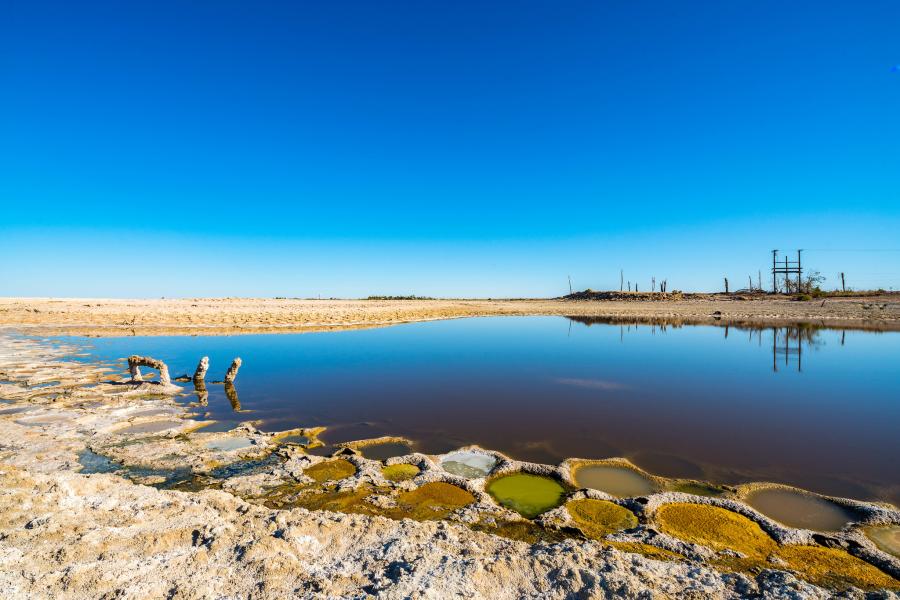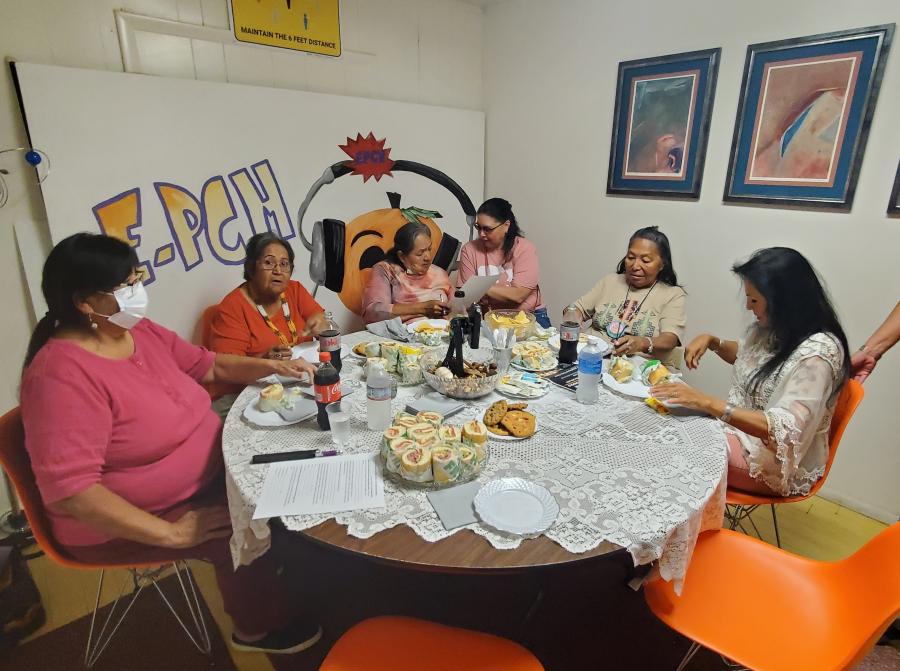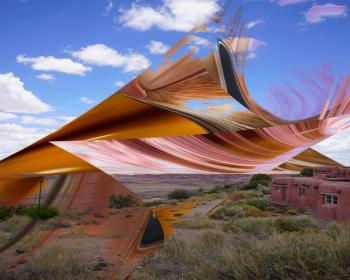In the mid 1980s the timber multinational, Georgia-Pacific, was in pursuit of logging coastal ancient redwoods in the Sinkyone area of northern California, and the California Department of Forestry (CDF) approved. In response, native people from the area, the International Indian Treaty Council, the Sierra Club and the Environmental Protection Information Center (EPIC) in Eureka, California, sued. In 1985, the California Court of Appeal handed down its precedent-setting ruling for the Sinkyone people and the environmentalists, stating that the CDF had violated California's environmental laws. Further, the Court ruled that "the CDF's response - addressing sufficiency of measures to mitigate damages to Native American archaeo-logical sites-was inadequate." The InterTribal Sinkyone Wilderness Council (ITSWC), a consortium of ten federally recognized tribes from northern California, was formed out of this legal battle.
There are many Native Californians who still have a deep spiritual connection to this land, and it was this connection that gave birth to the idea to reclaim it by establishing the country's first intertribal park. The park would be open to all, but managed by Native Californians. Most of the land has been logged, so much of the Council's work be restoration. The Council's objectives are the "...reintroduction of traditional local Native American cultural land practices for the purpose of preserving and protecting our Peoples' heritage and the well-being of Sinkyone lands." Management of the Sinkyone lands must include "long term appropriate human involvement..."
"The mandate of ITSWC is to protect, preserve, and restore the cultural and natural resources of the ancestral Sinkyone homelands with the ultimate goal being the restoration of the entire Sinkyone bioregion." The Council's program coordinator, Hawk Rosales affirms:
The results [of Sinkyone] will have positive effects not only on Indian country locally but throughout the Americas. It is about Indian people reclaiming stewardship of non-reservation land. It has the goal of co-management of this land, with this model at the Sinkyone. All of this land is still Indian country, we never gave up rights to the land.
The InterTribal Sinkyone Wilderness Park will be the first park in the United States to put ancestral lands back into native hands. A final decision on the land transfer will be made by the Board of the California Coastal Conservancy on March 20, 1995. At press time (March `95), the Council had raised $102,000 of the $300,000 needed for a down payment. It is hoped that the conservancy will accept this initial payment for the land transfer. The Council has the full support of the Conservancy staff, the Mendicino County Board of Supervisors and the Trust for Public Land, who holds the land in trust for the Coastal Conservancy. While the Council has local supporters, there are fears of timber industry pressures on the Board's decision. Even if the Board does accept the Council's payment, the Council must still raise the full amount of $104 million by 1997.
Article copyright Cultural Survival, Inc.



